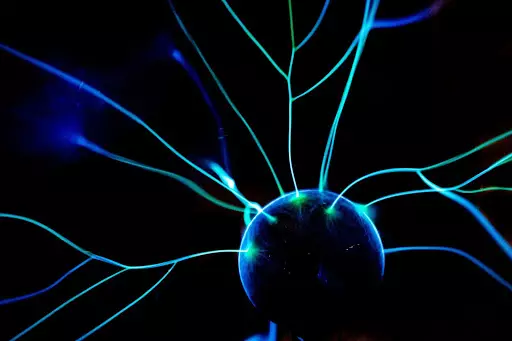In the world of cryptocurrencies and blockchain technology, the concept of a Decentralized Autonomous Organization (DAO) is gaining traction. While the traditional business model has always revolved around centralization, a DAO disrupts this paradigm by enabling individuals to align their interests with the platform’s goals. As a result, they gain the privilege of proposing and voting on ideas, creating a more inclusive and democratic decision-making process. However, despite its potential, scalability remains a challenge for DAOs. This article explores the emergence of SubDAOs as a solution to maintain efficiency and effectiveness in rapidly growing decentralized organizations.
DAOs represent a significant departure from traditional centralized structures. Powered by blockchain technology, DAOs leverage smart contracts and other automated elements to ensure transparency and accountability. Unlike public companies with a small group of shareholders wielding significant power, DAOs offer individuals the opportunity to actively participate and influence the platform’s direction. The blockchain technology behind a DAO mitigates the risk of corruption, providing a fair and equitable environment for community members to contribute. This combination of transparency, automation, and incentives is what sets DAOs apart from previous attempts at decentralized organizations.
Scalability Challenge
While DAOs have the potential to revolutionize the way organizations operate, scalability is a pressing concern. As more participants join a DAO, the decision-making process becomes more complex. Too many voices on specialized topics can dilute the qualitative effectiveness of the DAO. For instance, finance, development, and logistics discussions might require in-depth knowledge and expertise, making it difficult for all participants to contribute meaningfully. Maintaining the efficiency and effectiveness of a DAO while it grows in size and complexity is essential for its long-term success.
Introducing SubDAOs
To address the scalability challenge, SubDAOs offer a potential solution. A SubDAO is a specialized structure within a larger DAO that focuses on a specific scope or objective. By separating operations or other functions into SubDAOs, organizations can maintain efficiency and delegate decision-making power to members with expertise in the respective field. For example, the dYdX Foundation has implemented an Operations SubDAO to streamline its operations and ensure effective allocation of funding. This approach prevents the primary DAO from being overwhelmed with proposals, reduces the risk of uninformed decision-making, and empowers members with relevant knowledge and passion for the specific area.
Benefits of SubDAOs
The primary advantage of implementing SubDAOs lies in their ability to enhance scalability while preserving the core principles of a DAO. By allowing specialized groups to focus on specific areas, decision-making becomes more targeted and efficient. Instead of inundating all members with proposals they may not be interested in, SubDAOs enable interested and knowledgeable individuals to contribute meaningfully. This approach safeguards against the potential pitfalls of groupthink and ensures that decisions are made by those best equipped to drive progress.
Potential Risks
While SubDAOs offer a promising solution, there are potential risks and challenges that organizations must consider. One concern is the concentration of power within a SubDAO. If a small group of members holds the exclusive voting rights within a SubDAO, they may wield disproportionate power and potentially misuse it. To mitigate this risk, it is crucial to select SubDAO members carefully, ensuring they possess the necessary expertise and align with the overall vision and goals of the platform. Additionally, defining the budget and governance structure of SubDAOs requires thoughtful planning to prevent potential conflicts of interest.
As decentralized organizations continue to grow and reach critical mass, the creation of SubDAOs is expected to become more prevalent. However, it is essential to approach their implementation with caution and learn from the experiences of early adopters. By establishing best practices and addressing potential challenges proactively, SubDAOs can help DAOs maintain their efficiency, effectiveness, and democratic nature. Over time, these developments will contribute to the growth and evolution of decentralized organizations and solidify the position of DAOs as game-changers in the business landscape.
Decentralized Autonomous Organizations represent a significant departure from traditional business models, offering a more inclusive and democratic approach to decision-making. However, scalability remains a challenge for DAOs as they grow in size and complexity. SubDAOs offer a potential solution by delegating decision-making power to specialized groups within the larger DAO. This enables more targeted and efficient decision-making, ensuring that experts in specific areas can drive progress. While implementing SubDAOs carries potential risks, careful planning and selection of members can mitigate these concerns. As the DAO ecosystem continues to evolve, embracing SubDAOs can help maintain the fundamental principles of decentralization while unlocking scalability for future success.

